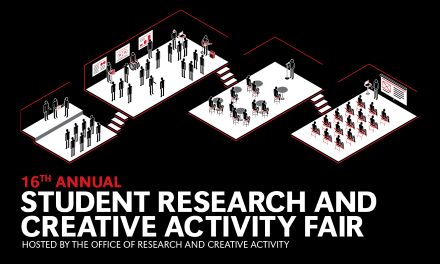Determining the Effect of Lower Body Muscle Group Activation Bias on Baseball Pitching Velocity
Presenter Type
UNO Graduate Student (Masters)
Major/Field of Study
Biomechanics
Advisor Information
Dr. Brian Knarr
Location
CEC RM #201/205/209
Presentation Type
Poster
Poster Size
36x48 (3' wide x 4' tall)
Start Date
22-3-2024 1:00 PM
End Date
22-3-2024 2:15 PM
Abstract
Research investigating the contributions of the lower body to energy flow and forward velocity (Aguinaldo & Nicholson, 2021; Howenstein et al., 2020; Kageyama et al., 2014; Liu et al., 2022) has failed to investigate which muscles are activating to contribute to the forces generated by the lower body during a pitch. Postural control strategies (Guihard & Gorce, 2002) provide the evidence to make reasonable assumptions about the muscles in the legs that are being activated more based on where the center of pressure (COP) in the drive foot is. Motion capture analysis (Qualisys, Gothenburg, SWE) provided the position of the foot and 6 degree of freedom force plates (Columbus OH, USA) provided the location of the center of pressure. A custom MATLAB script (MathWorks, Natick, USA) was used to differentiate players based on COP location, with players whose COP was behind their midfoot >50% of the time labeled as glute-biased and those with COP in front of the midfoot as quad-biased. Normalized pitching velocity (NPV) was calculated as the average pitch velocity divided by kilograms of body weight. It was hypothesized that glute-biased pitchers would throw with a higher NPV than quad biased pitchers. 40 college-aged pitchers were sampled (n=40). The results were that pitchers with a gluteal bias in their drive leg threw with a higher NPV than those who biased their quads (p=0.03). These results support the hypothesis that pitchers throwing with a glute bias throw with a higher NPV. The underlying mechanism for this conclusion remains unknown.
Determining the Effect of Lower Body Muscle Group Activation Bias on Baseball Pitching Velocity
CEC RM #201/205/209
Research investigating the contributions of the lower body to energy flow and forward velocity (Aguinaldo & Nicholson, 2021; Howenstein et al., 2020; Kageyama et al., 2014; Liu et al., 2022) has failed to investigate which muscles are activating to contribute to the forces generated by the lower body during a pitch. Postural control strategies (Guihard & Gorce, 2002) provide the evidence to make reasonable assumptions about the muscles in the legs that are being activated more based on where the center of pressure (COP) in the drive foot is. Motion capture analysis (Qualisys, Gothenburg, SWE) provided the position of the foot and 6 degree of freedom force plates (Columbus OH, USA) provided the location of the center of pressure. A custom MATLAB script (MathWorks, Natick, USA) was used to differentiate players based on COP location, with players whose COP was behind their midfoot >50% of the time labeled as glute-biased and those with COP in front of the midfoot as quad-biased. Normalized pitching velocity (NPV) was calculated as the average pitch velocity divided by kilograms of body weight. It was hypothesized that glute-biased pitchers would throw with a higher NPV than quad biased pitchers. 40 college-aged pitchers were sampled (n=40). The results were that pitchers with a gluteal bias in their drive leg threw with a higher NPV than those who biased their quads (p=0.03). These results support the hypothesis that pitchers throwing with a glute bias throw with a higher NPV. The underlying mechanism for this conclusion remains unknown.

